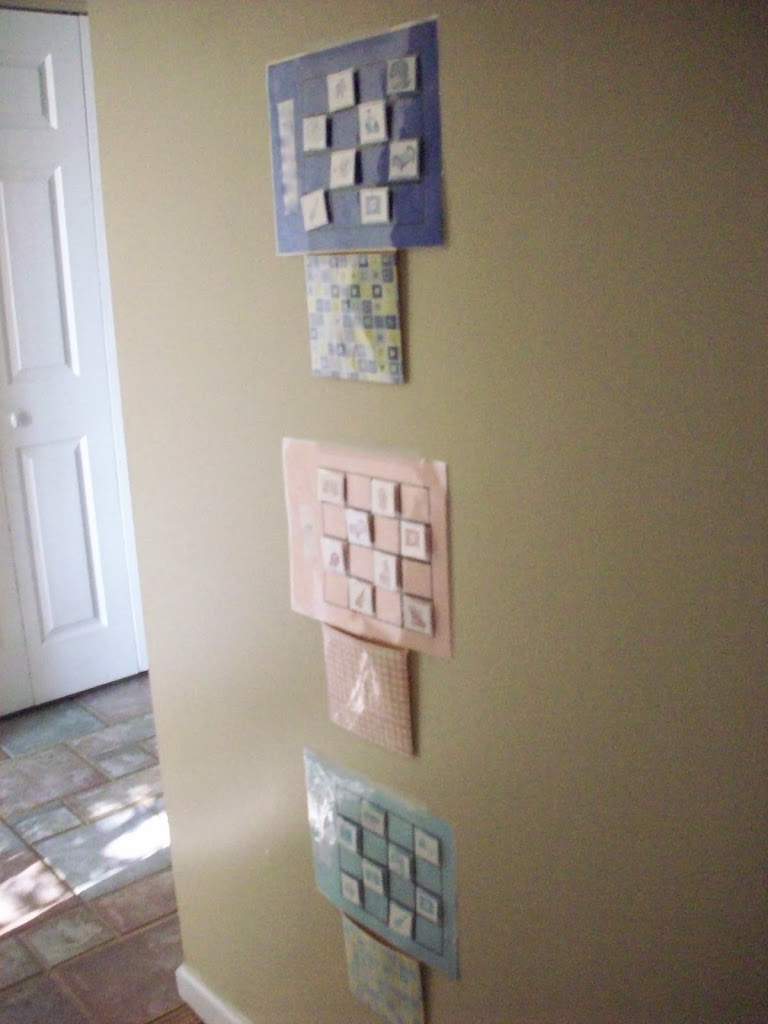“The most important thing that parents can teach their children is how to get along without them.” Anonymous
 |
| Image Blessed Femininity |
One of the most valuable “Proactive Parenting” tips that we have followed is that of the “morning routine” development. Twenty years ago we attended a parenting seminar in which a young mom was discussing how we could make our mornings run more smoothly, teach our children to be more independent, etc. through this thing that she called morning routines. She even had darling picture-filled charts that she made to help her non-readers follow their morning routines. We began morning routines immediately upon arriving home—and we still use them over twenty years later.
I tell moms in our workshops that “morning routines will change the way your entire day goes.” This has been true for us as a homeschooling family, but I definitely think that parents whose children need to get up, around, and off first thing in the morning would really benefit from developing these routines. If you find your mornings extra stressful—and you drop your kids off at school in less-than-happy moods as a result of the hurried, nagging-filled morning or you homeschoolers start your school day off with kids still in pajamas or carrying Lucky Charms into the school room when it’s time to begin—then morning routines are for you.
Below I will give you some tips for starting this outstanding daily habit—and in days to come, I will address various age groups and the morning routine more extensively.
1. Decide how extensive you want your child’s morning routine to be. For older kids (especially girls), we have found that it can be a full ninety minute block that includes their personal morning habits, as well as chores, devotions, and exercise. For younger children, especially boys, we have had morning routines that were simple—and called “room, groom, dress, mess”—signifying that it includes straightening their bedroom, person grooming, getting dressed, and cleaning up any messes they have from the night before (i.e. water glasses, books upstairs, making bed, etc.).
2. If your mornings are chaos now, I recommend starting with a simple list of five to eight tasks that have to be done upon rising—the most basic things that must be done. For example, getting changed, grooming, putting away pj’s, making bed, packing bag for day, etc. This can be added to later once these daily habits are established.
3. Consider what you truly have enough time for in the mornings. We are flexible with our mornings in that Mom and all of the kids stay home and do school, so we have a morning routine time, a chore time, and a personal devotion time—all before breakfast. (When our girls were home, they usually had an exercise time, as well.) If you need to get your kids out of the house early in the morning, you will not want to try to do so many things in the morning as your kids’ rising time would likely be unbearable to get all of those things in before a seven a.m. school bus trip.
4. If your children are always sleepy in the mornings—and hard to motivate, consider starting your morning ten minutes earlier, and waking them up to a story or a chapter out of a chapter book. When our boys were younger, I would sit on their bed in the morning and read to them to wake them up—then they got up and started their morning routines. This seemed to give them some time to get used to getting up and moving.
5. Be realistic in how much time everything takes. When we first set up our preschoolers’ morning routines, we used a timer and had them go do each task, then report back to us. We told them how long that activity took—and wrote down that time plus ten or twenty percent (since they will likely move more slowly in the mornings). Then we added up the total list and came up with an allotment of time for morning routines. This way both of us knew that they truly could get that little list done in that amount of time.
6. Set up consequences or rewards, depending on your parenting style. If you are having really harried mornings now, I recommend that you start out with rewards and then move to consequences. For example, you might have a jar for each child and every morning that the morning routine is completed without reminding, complaining, etc.—and on time—you put a quarter or fifty cent piece in the jar for a treat at the end of the week. After a couple of months, you could remove the reward incentive, but tell them that morning routines are still part of your day—and that if they do not do them according to the guidelines, they will lose a privilege.
The goal of morning routines is that everybody is doing what they need to do in order to start their day—without fighting, coaxing, cajoling, stress, and yelling. It is, in essence, a step toward teaching our “children to get along without us.”
*Watch this blog for future posts on morning routines at different ages and stages, chore charts, and more.




